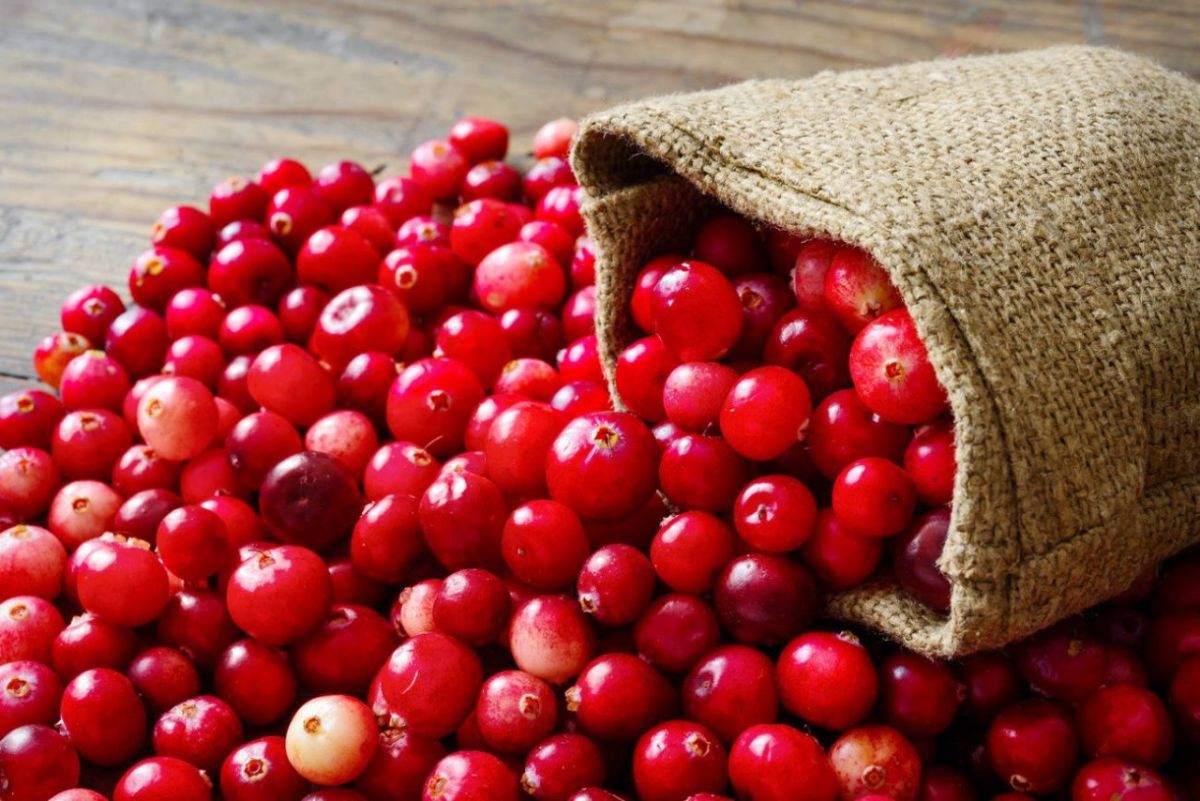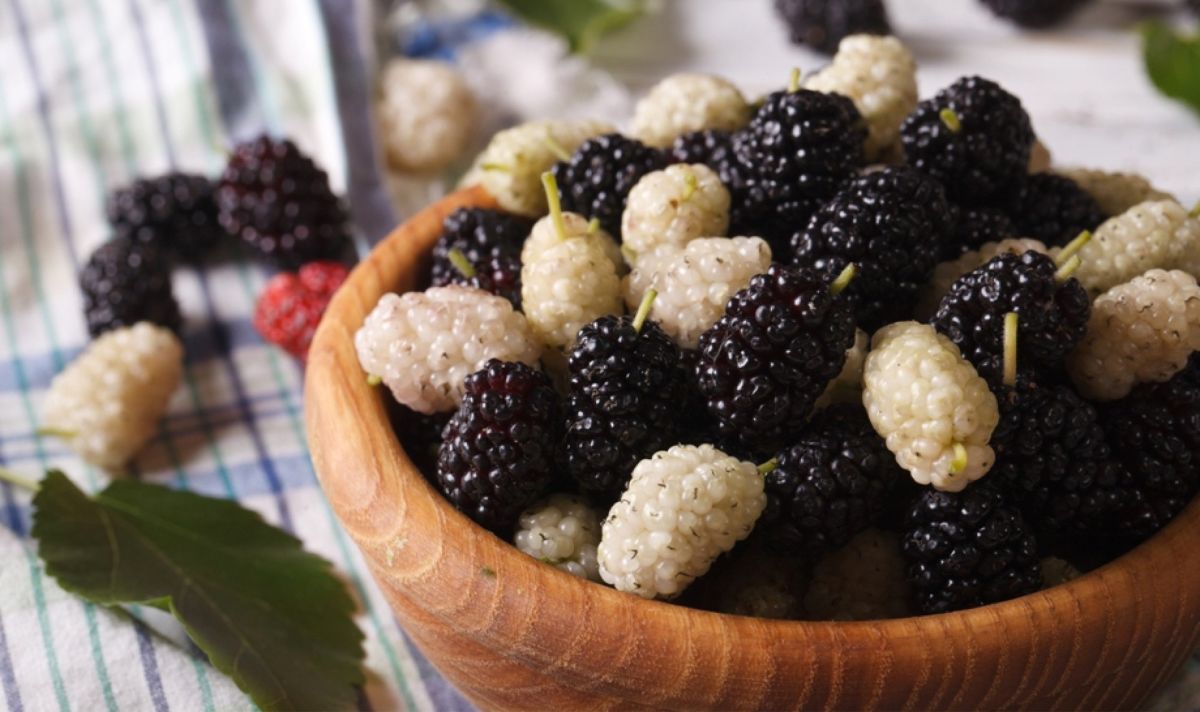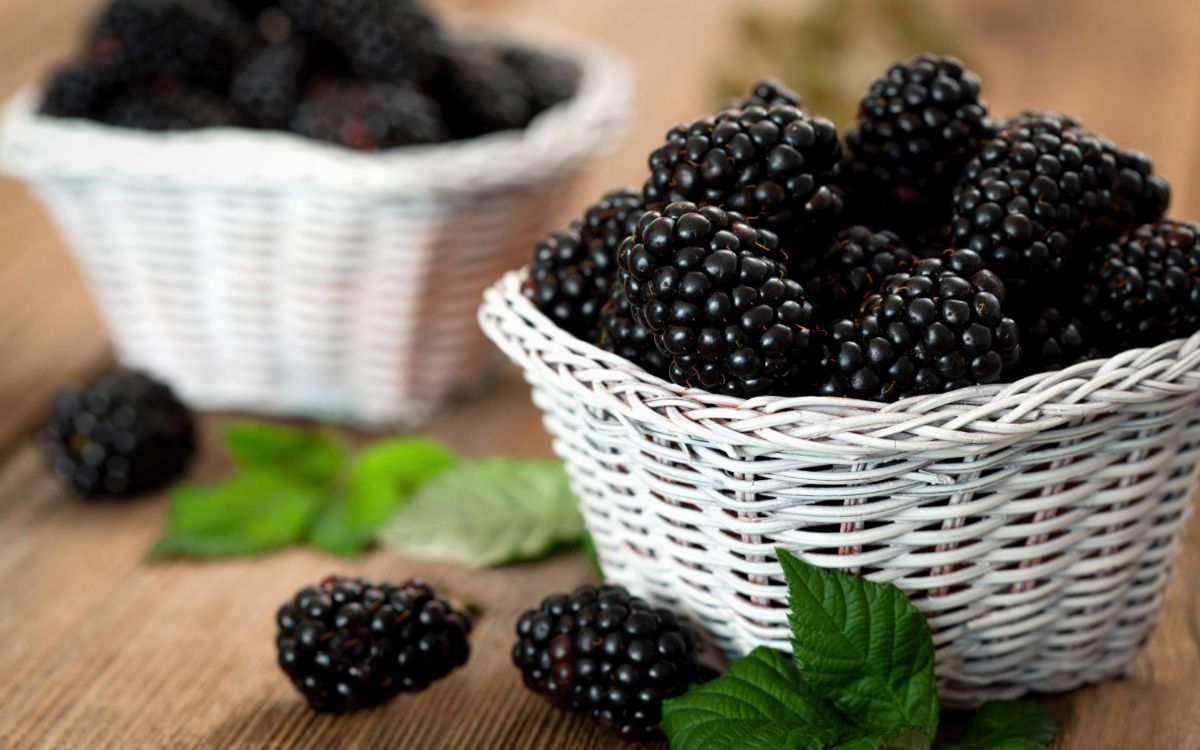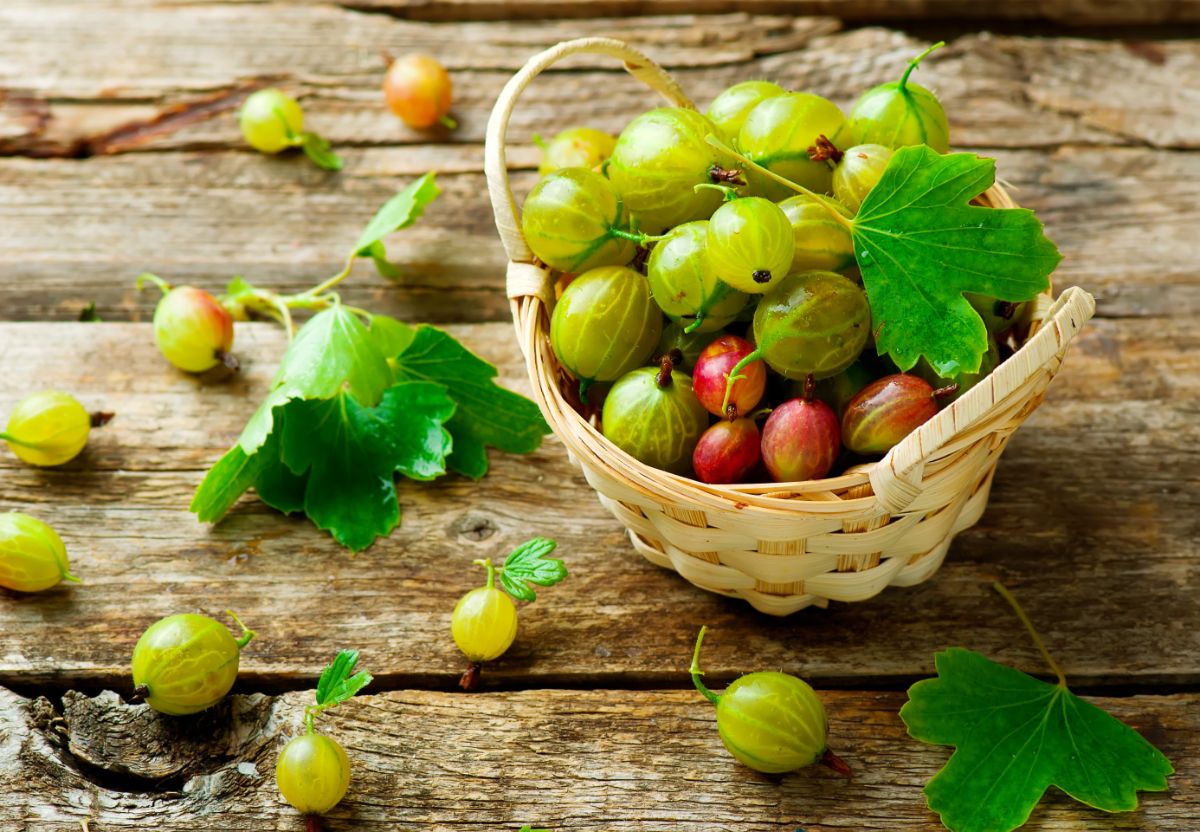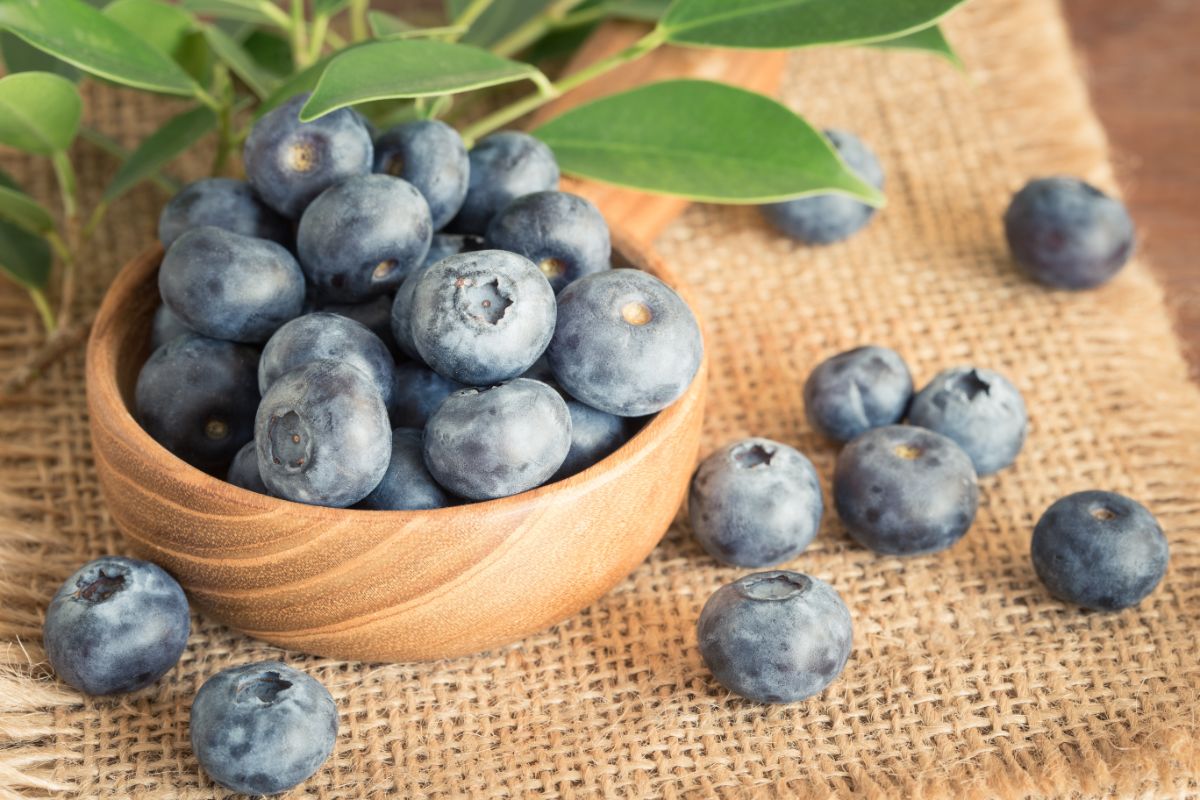7 facts about the benefits of cranberries for the body based on research
Lingonberries are widely used in evidence-based medicine because of their nutritional value and potential health benefits, for example, for weight control and strengthening the heart, improving the functioning of the intestines and organs of vision, preventing the development of atherosclerosis and malignant tumors.
Content
How it is useful – 7 facts
Below are the 7 main useful properties of cranberries, which are scientifically confirmed.
1. It contains many valuable substances
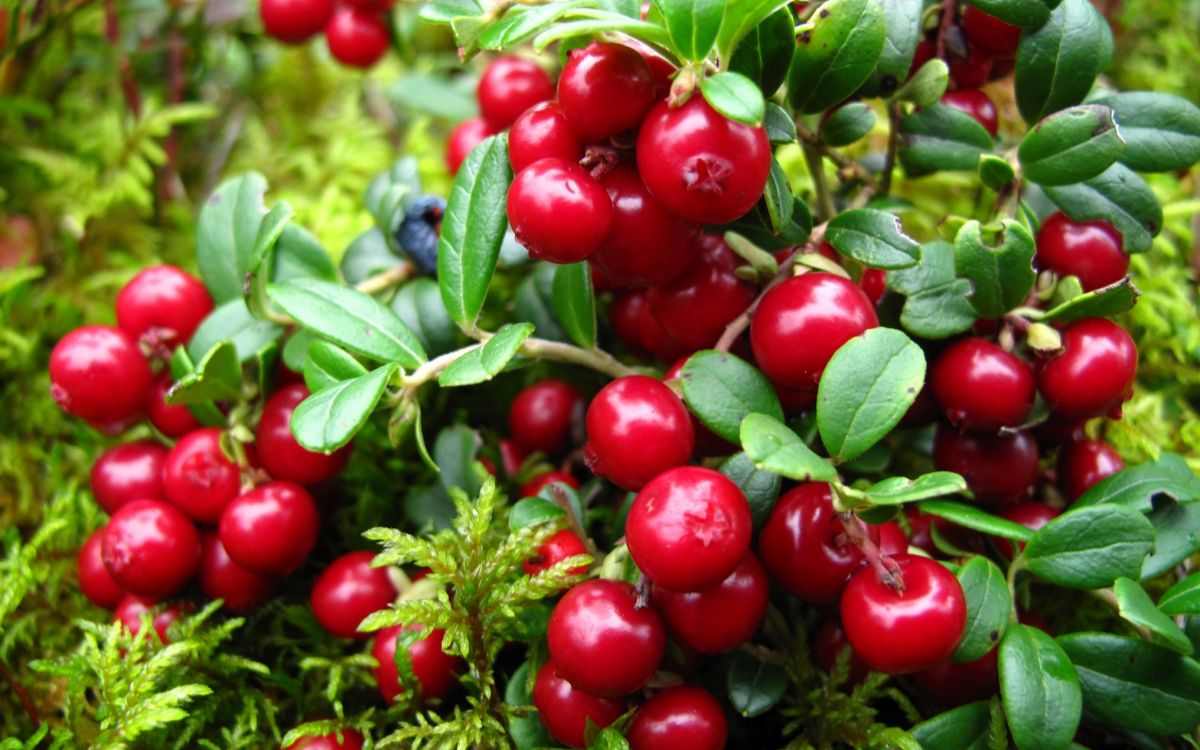
Lingonberries are a low–calorie berry (about 46 calories per 100 grams), which contains the following vitamins and minerals per 100 grams:
| Name of the substance | Percentage of the recommended daily requirement |
| Vitamin C | 17 % |
| Vitamin E | 7 % |
| Vitamin PP | 2 % |
| Vitamin A | 1 % |
| Vitamin B2 | 1 % |
| potassium | 4 % |
| manganese | 139 % |
| calcium | 3 % |
| iron | 2 % |
| phosphorus | 2 % |
| magnesium | 2 % |
Also lingonberries contains a number of anthocyanins and flavonoids, the main of which is quercetin. It has powerful antioxidant activity.
2. Antioxidant effect
 Lingonberries have a unique combination of antioxidant substances.
Lingonberries have a unique combination of antioxidant substances.
Berry rich Vitamins E and C, anthocyanins and flavonoids, which are valuable antioxidants.
Scientists claim that the substances described above protect the body's cells from oxidative stress and the effects of free radicals, inhibit chronic inflammation and prevent the development of the most dangerous diseases from the cardiovascular and endocrine systems, as well as malignant tumors.
In addition, 100 grams of berries contains more than 1 daily allowance of manganese, a mineral that supports the work of one of the most important antioxidant enzymes – superoxide dismutase.
3. Weight Loss Aid
 Lingonberries are not only a low–calorie product. It also has a number of medicinal properties that contribute to weight loss.
Lingonberries are not only a low–calorie product. It also has a number of medicinal properties that contribute to weight loss.
In studies conducted under the guidance of Swedish scientists, was revealed that the inclusion of cranberries in the diet contributes to pronounced weight loss. The effect is associated with the breakdown of adipose tissue in order to obtain energy.
Lingonberries also provides influence on the composition of the intestinal microflora. It increases the number of beneficial microorganisms, which Normalizes the digestive system and promotes more efficient absorption of nutrients, preventing their excessive absorption.
Polish specialists discovered the ability of berries to inhibit the work of enzymes responsible for the breakdown and absorption of fats from the intestinal lumen.
4. Prevention of atherosclerosis
 Lingonberries are important source of fiber
and polyphenols, the presence of which in the diet is associated with a low incidence of cardiovascular pathologies.
Lingonberries are important source of fiber
and polyphenols, the presence of which in the diet is associated with a low incidence of cardiovascular pathologies.
Animal experiments demonstrate that cranberries, due to the normalization of lipid profile indicators, prevent atherosclerotic damage to the walls of arteries, providing reliable prevention of diseases such as: coronary heart disease, myocardial infarction, stroke, chronic cerebral ischemia.
According to the data Swedish scientists, regular intake of cranberries, even with an excessive amount of fat (up to 20% of the daily diet), caused a decrease in cholesterol concentration in the blood by 30% after 3 months.
5. Benefits for children and pregnant women
 Lingonberries are storehouse
antioxidants, vitamins and minerals, vital for the harmonious development of all organ systems in the child's body. It has the following effects:
Lingonberries are storehouse
antioxidants, vitamins and minerals, vital for the harmonious development of all organ systems in the child's body. It has the following effects:
- Ensures proper functioning of the digestive system (from the first months of a child's life). This is extremely important for obtaining biologically active substances from food.
- Normalizes the work of all enzymatic systems.
- Promotes the elimination of heavy metal salts through the urinary system and gastrointestinal tract, which could enter the body with poor-quality food or from the surrounding air.
- Strengthens the immune system . As a result, respiratory diseases and "childhood" infections are less common.
It is recommended to introduce cranberries into the child's diet from the age of 12 months. The first dose is 1-2 berries, then the dose gradually (over 2-4 months) increases up to 50-70 grams per day.
Lingonberries are also recommended for pregnant women. It improves the tolerance of physical and emotional stress, prevents the development of depression , which is extremely common in the early stages of pregnancy. The berry also contains vitamin E and manganese, which ensure adequate formation of all fetal organs.
6. Prevention of diseases of the visual organs
 Italian scientists claim
that cranberries are able to protect the retina from exposure to ultraviolet radiation, as well as from blue light coming from smartphone screens, monitors, information boards.
Italian scientists claim
that cranberries are able to protect the retina from exposure to ultraviolet radiation, as well as from blue light coming from smartphone screens, monitors, information boards.
And these factors are known to activate free radical mechanisms and increase the risk of developing cataracts and cancer.
Similar data were obtained in the works of Japanese specialists.
7. Anticancer effect
 A diet rich in fruits, vegetables and berries reduces the risk of malignant transformation of body tissues.
A diet rich in fruits, vegetables and berries reduces the risk of malignant transformation of body tissues.
In experiments on mice conducted under the supervision of scientists from Finland, has been revealed that berries reduce the likelihood of cancerous tumors by 30%.
It is equally important to note that proven the direct effectiveness of cranberries in relation to cancer of the following organs:
- Mammary glands;
- Colon;
- Rectum;
- Cervix.
Harm and contraindications
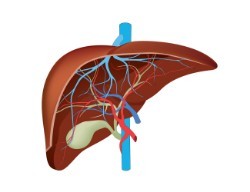 Although cranberries are safe for most people, they have contraindications and, in some situations, can harm our body. Side effects include:
Although cranberries are safe for most people, they have contraindications and, in some situations, can harm our body. Side effects include:
- Allergic reactions. Are rare enough, but are characterized by severe course and systemic character (anaphylactic shock, Quincke's edema).
- Hepatotoxic effect. The berry is able to accumulate a number of substances that have a toxic effect on the liver. It is recommended to pick berries in ecologically clean areas.
- Dyspeptic disorders. Are observed with excessive consumption of cranberries. They usually manifest as vomiting, diarrhea, and bloating.
Admission rules
 The most useful way to eat cranberries is fresh.
The most useful way to eat cranberries is fresh.
It is recommended to eat no more than 250-400 grams of berries per day.
There are no contraindications regarding the use of cranberries in the morning on an empty stomach.
Before going to bed, you should limit intake due to the possibility of overload of the digestive system and the appearance of sleep problems.
On the basis of cranberries, you can prepare a lot of dishes: yogurts, smoothies, smoothies, syrups, as well as juices, fruit drinks, teas and compotes. The berry goes well with honey and dairy products.
Lingonberry leaves, flowers and branches are used to make medicinal teas, decoctions and tinctures.
Winter preparations
There are several ways to increase the shelf life of lingonberries. Among the main ones are:
- Freezing. Frozen lingonberries retain the maximum amount of vitamins and antioxidant substances, therefore, they are the most useful.
- Drying. The content of fiber and carbohydrates in dried cranberries increases several times. They may be unsafe for people suffering from obesity and diabetes mellitus.
- Options with excess sugar. Jam, as well as cranberries mashed with sugar, have an extremely high content of simple carbohydrates. But the availability of valuable substances decreases by about 40-60%. People who are overweight or have glycemic diseases should refuse such dishes.
Cooking Recipes
Below are several recipes based on this berry.
1. Morse
Ingredients:
- 6 tbsp sugar;
- 500 grams of cranberries;
- 3,000 ml of water.
Recipe:
- Pass the berries through a fine sieve. Squeeze the juice from the resulting puree.
- Pour water into an enameled saucepan, add the cake and sugar.
- Bring the mixture to a boil and simmer for about 5-8 minutes. The dish is ready.
2. Compote
Necessary:
- 300 grams of cranberries;
- 3,000 ml of water;
- 200 grams of sugar.
Cooking scheme:
- Carefully sort the berries.
- Pour water into an enameled saucepan. Bring to a boil. Add sugar and berries.
- Simmer for about 5-9 minutes. Turn off the gas. Let cool for 45 minutes.
3. Tea
Ingredients:
- 1 tbsp lingonberry berries;
- 200 ml of boiling water;
- 1 tsp black tea;
- Honey – to taste.
Recipe:
- Pour the berries and black tea with boiling water. Add honey.
- Let it brew for about 10 minutes.
Conclusion
- Lingonberries are a source of a number of valuable vitamins, antioxidants and minerals.
- It normalizes the work of the cardiovascular and digestive systems, improves the condition of the visual organs, helps to reduce body weight, and also prevents malignant cell degeneration.
- The berry is recommended for pregnant women as well as children.
